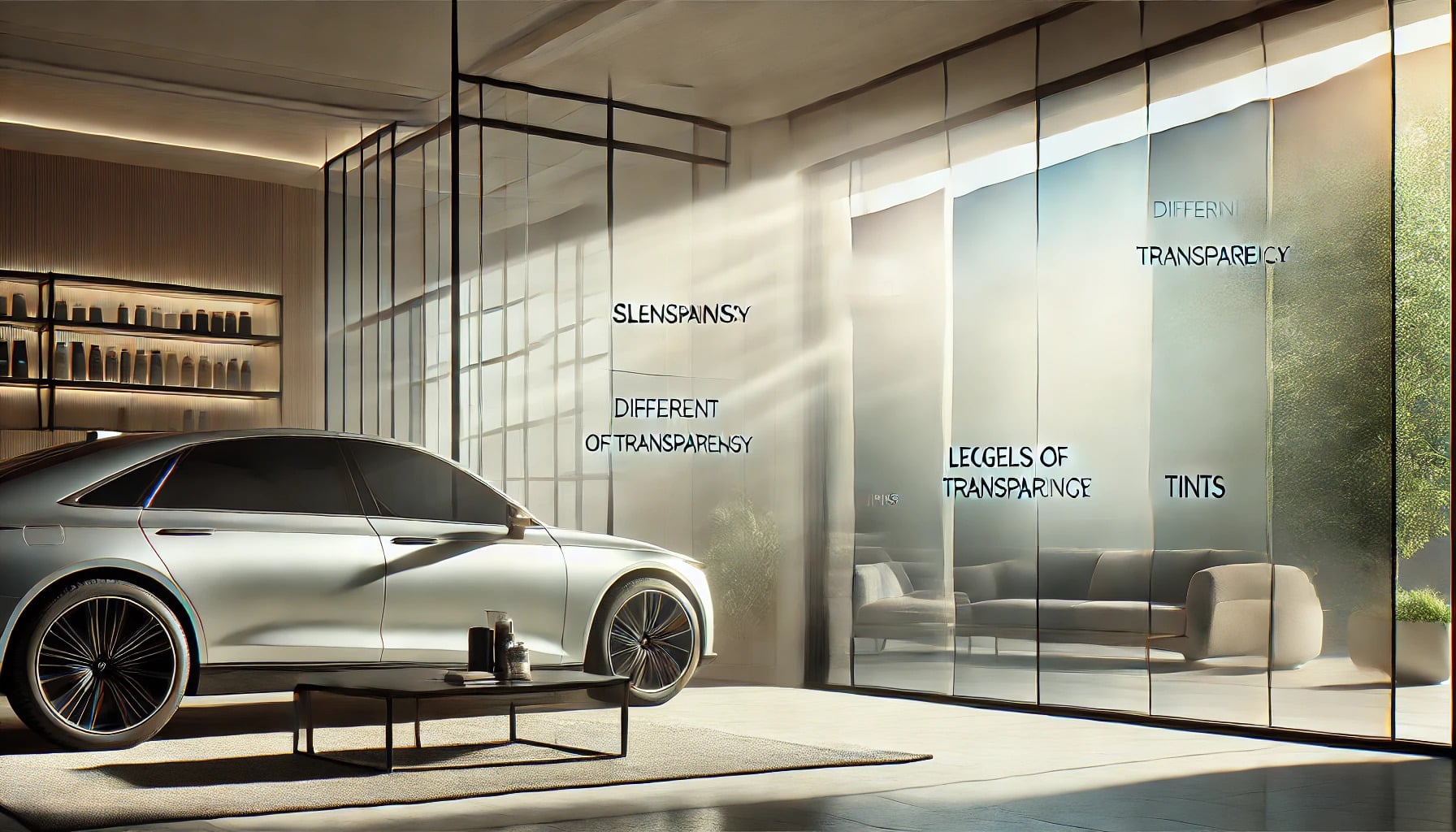Window tint laws are enforced to protect everyone on the road. However, adequate knowledge and appropriate information can save you from fines and penalties. Moreover, these rules can also save you from accidents on the streets. At the same time, violation can cause you trouble, which can lead to legal disputes.
So, always follow the tint rules to drive safely and hassle-free. This article will provide adequate information about the transparent window tint rules. Every state has different rules about car window tints, so if you want to know more about them, keep reading.
Get the Scoop on Window Tint Laws
Adequate knowledge of the rules can save you a lot of hassle and money if you consider tinting your car windows. Window tint laws might seem complex, but they’re all about keeping everyone safe and your ride comfy. Stick to the transparent window tint rules, and you’ll avoid the fines while staying cool and protected from UV rays.
Why Tint Rules Matter
Tint laws aren’t just there to make your life difficult; they’ve got a purpose. They help keep you safe by ensuring drivers can see clearly, and the police can see inside the vehicle if needed. Imagine cruising through a fog with super dark windows—not the most brilliant move, right? That’s why these rules exist. They stop accidents before they happen by ensuring you have a clear view.
And let’s be honest, nobody wants to sit in a car that’s hotter than an oven. Dark tints can make your car heat up like crazy, turning it into a sauna on wheels. Regulations also help keep that in check, balancing comfort and safety for everyone on the road.
What You Need to Know About Tint Compliance
So, what should you know to stay within the law? Let’s start with visible light transmission, or VLT. It’s a fancy term for how much light your windows let through. Each state has its own set of rules for VLT percentages (RVinyl).
The lower the VLT percentage, the darker the tint. Darker tints give you more privacy but can make it harder to see, especially at night. Knowing your state’s legal VLT percentages is a must before you make any decisions.
But wait, there’s more! It’s not just about how dark your tint is. Reflectivity matters, too. Some tints are like mirrors, reflecting sunlight to keep your car cooler. However, too much reflection can be blinding for other drivers. That’s why states have rules against overly reflective tints (Rayno Film).
So, before you slap on that super-dark, mirrored tint, check out the window tint laws by state. Follow these guidelines, and you’ll be safer and save yourself from hefty fines. Get it right, and you can enjoy the perks of tinted windows without the legal headaches.
And there you have it! Tinting your windows correctly means better comfort, more privacy, and no legal hiccups. Please keep it safe, keep it legal, and keep it cool.
State-Specific Tint Guidelines
However, the window tint laws are like untangling a mess of holiday lights—each state has its quirks, and getting it wrong could land you in a heap of trouble. So, let’s make sense of this mind-boggler, VLT percentages, and how they affect your ride.
Tint Rules by State
Each state has its own set of rules that’ll make your head spin. However, according to Rayno Film, there’s a maze of laws about how dark your car windows can be. Just because one buddy in New Mexico has limo-black windows doesn’t mean you can rock the same look in New York. So, the rules change from state to state, and even the type of window—front-side, back-side, rear—often has different standards.
Consider VLT (Visible Light Transmission) percentages a fancy way of saying, “How much light gets through?” A lower percentage means a darker tint. So, if your state says you need 70% VLT for the front windows, and you’re rocking 20%, better get ready for a ticket.
Why VLT Matters
VLT percentages aren’t just random numbers. They’re about to make sure you can see and be seen. States set these laws to keep everyone safe. Moreover, according to Rayno Film, some states let you have super dark windows, like 5% VLT, which means almost no light gets through. It’s essential for those hot summer days but not so great when backing out of your driveway at night.
Furthermore, some people get free passes because of medical conditions. If you’ve got something informal like albinism or psoriasis, your doctor can note that you need darker windows. Then, bingo, you’re set with a medical exemption if it lines up with state regs.
Check out the window tint laws by state to know what’s cool where you live. If you’re in California, the rules will lay it out—like how much you can tint those front or back windows. If you follow these laws, you won’t have to deal with an officer who can pull you over for your sweet but too-dark windows.
So, keep your car’s look fly and ensure you’re playing by the rules. Nobody likes an unexpected run-in with the law.

